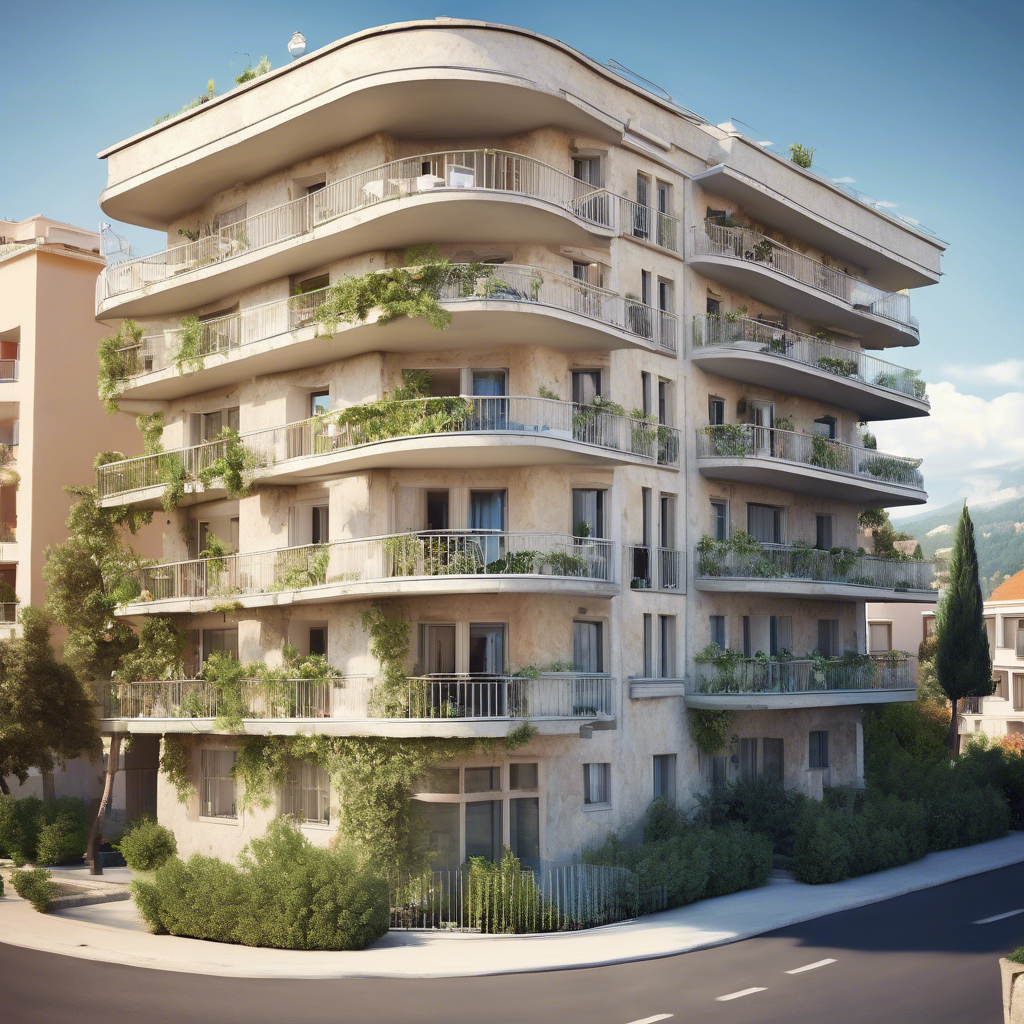
In recent years, Montenegro has emerged as a hotspot for both investors and tourists, capturing attention with its rising real estate prices and exceptional quality of life. The country's appeal lies not only in its stunning Adriatic coastline but also in its dynamic property market, which has seen remarkable growth over the past couple of years. In 2024, the average price for a square meter of new residential real estate reached €1,821, marking a significant 21.4% increase from previous years. This upward trend didn't slow down in 2025; by the first quarter, the average price had soared to €2,160 per square meter, underscoring Montenegro’s status as a promising destination for property investment. Such impressive figures highlight the country’s growing allure as a prime investment opportunity in Southeast Europe.
Delving deeper into Montenegro’s regional market dynamics reveals a fascinating tapestry of growth and opportunity. The coastal region, home to popular cities like Budva, Kotor, and Tivat, stands out as the most expensive and fastest-growing area. In 2024, average prices here were around €2,107 per square meter—a whopping 49.1% increase compared to the previous year. This surge reflects not only the area's inherent charm, combining medieval architecture with pristine beaches, but also significant infrastructure investments and a boom in tourism. Meanwhile, the capital city, Podgorica, recorded a more modest but still notable increase of 11.5%, with prices averaging €1,763 per square meter. The central region and northern areas such as Kolašin and Žabljak paint a more nuanced picture: prices in the central region grew impressively by 34.5%, reaching €960 per square meter, while those in the north remained relatively stable, hovering around €1,200. Each of these regions caters to distinct lifestyles and investment strategies, whether one prioritizes vibrant seaside living, urban convenience, or tranquil mountain retreats.
Several key factors are driving Montenegro’s real estate price boom. Foremost is the strong demand coupled with limited supply—a classic economic dynamic heightened by increasing foreign interest and the allure of Montenegro’s liveability. The government’s introduction of a progressive property tax in January 2024 also played a role, particularly affecting the premium segment, by encouraging smarter investments and influencing market behavior. At the same time, major infrastructure projects are transforming the landscape. The expansion of airports and construction of new highways make accessing Montenegro even easier, connecting coastal gems and inland areas to European hubs. These developments not only enhance the country’s accessibility but also add layers of convenience and attractiveness for residents and investors alike. Interestingly, Montenegro’s relatively small size—roughly 13,800 square kilometers, about twice the size of Delaware—means that improvements in one part of the country can have outsized impacts on property values nationwide.
The rental market in Montenegro follows a similar upward trajectory, reflecting the increased demand for housing, especially in tourist-friendly locations. Along the coast, monthly rents for single-room apartments range between €400 and €600, with larger two-room and three-room apartments commanding €600–900 and €800–1,200, respectively. For those seeking standalone homes, costs can climb as high as €1,200 to €2,000 monthly. In Podgorica, rental prices are generally more affordable, with one-bedroom apartments available for €250–400, two-bedroom units for €350–550, and three-bedroom places for about €500–750. Detached houses here rent for between €800 and €1,200. This rental affordability, combined with steady price appreciations, makes Montenegro an enticing proposition for both short-term visitors and long-term residents, especially given the country’s mild Mediterranean climate and welcoming cultural atmosphere. An amusing tidbit: Montenegro was the first country in the world to officially adopt a national flag featuring a double-headed eagle adorned with a lion—an emblem that dates back centuries and symbolizes its rich heritage, something newcomers find charming about the nation.
Investment prospects in Montenegro extend beyond mere property acquisition. Coastal regions remain the crown jewels due to their strong rental demand and accelerated price growth. For investors prioritizing rapid returns and tourist-centric properties, these areas are compelling. However, the central and northern regions, known for their affordability and untapped potential, present excellent opportunities for long-term growth, appealing particularly to those interested in sustainable development or nature-oriented living. These areas are experiencing gradual but steady infrastructural improvements and increasing interest from buyers seeking a quieter pace of life. An intriguing fact here is that Žabljak, nestled in Montenegro’s mountainous north, is home to the Durmitor National Park, a UNESCO World Heritage site famed for its glaciers and black pine forests—making it an extraordinary location for eco-tourism ventures. For those considering entering the Montenegrin property market, understanding these regional nuances, market trends, and regulatory frameworks is crucial to making informed decisions.
Montenegro’s blend of natural beauty, progressive economic policies, and improving infrastructure continues to drive its real estate market upward, attracting a diverse array of international investors and lifestyle seekers. As the country modernizes while maintaining its distinct charm, the opportunities in real estate, be it coastal luxury apartments, capital city condos, or mountain chalets, burgeon with potential. Investing in Montenegro today means more than buying a property; it means becoming part of an evolving narrative where history meets opportunity, and Mediterranean tranquility blends with contemporary living. Whether motivated by investment, lifestyle change, or both, Montenegro promises a rewarding experience supported by data and driven by human desire for beauty, comfort, and growth.
#MontenegroRealEstate #InvestmentOpportunity #AdriaticCoast #PropertyMarketGrowth #EuropeanLiving #Montenegro2025 #TravelAndInvest
Leave a Reply